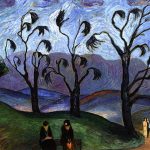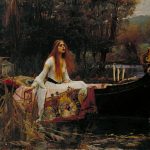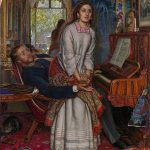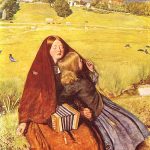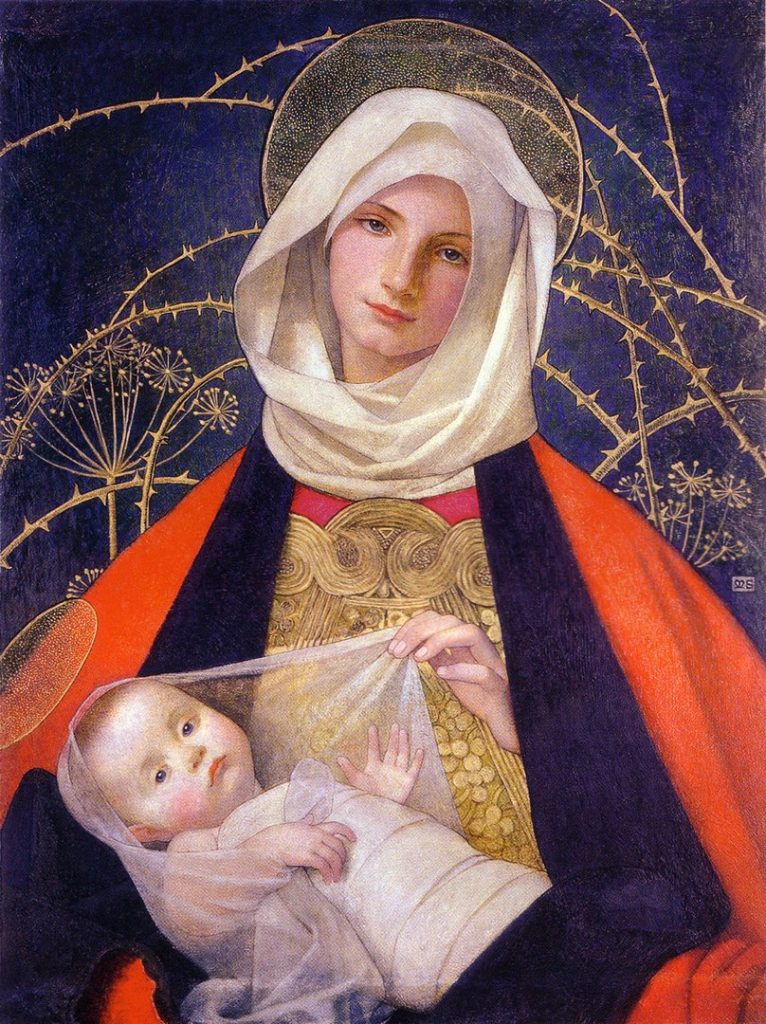
Marianne Stokes (1855-1927), born Marianne Preindlsberger in Graz, Austria, was an accomplished painter whose work spans a remarkable range of styles, from realism to the Arts and Crafts movement and Pre-Raphaelite influences. Her journey through the art world of the late 19th and early 20th centuries showcases a unique blend of cultural and stylistic influences, making her a fascinating figure in the panorama of European art.
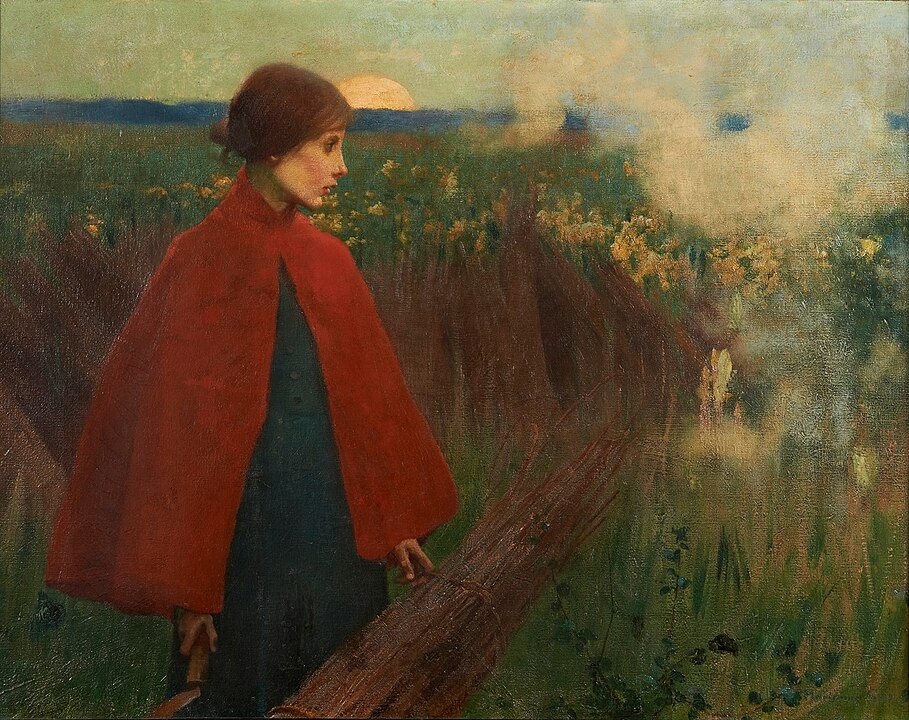
Marianne began her artistic education in Graz and continued her studies in Munich, a pivotal art center in the late 19th century, where the Naturalist and Realist movements influenced her. Her early work is characterized by its detailed realism and sensitivity to the subtleties of light and shadow, qualities that would remain evident throughout her career.
Meeting Adrian
In Munich, Marianne met the English landscape painter Adrian Scott Stokes, whom she married in 1884. The couple’s mutual passion for art led them to travel extensively, including visits to Brittany, Italy, and Skagen in Denmark, where they interacted with various artists’ colonies. These travels broadened Marianne’s artistic horizons and introduced her to a variety of styles and techniques.
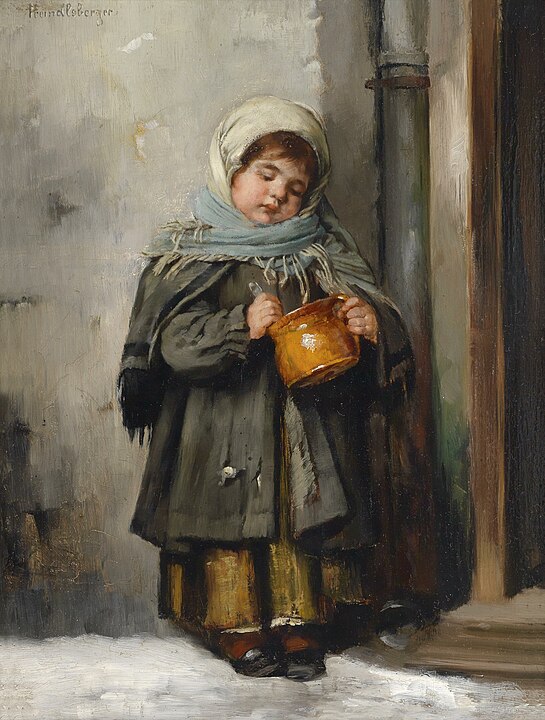
After settling in England, Marianne became involved with the Arts and Crafts movement and the Pre-Raphaelite Brotherhood, drawing inspiration from their emphasis on beauty, craftsmanship, and the integration of art into everyday life. Her work from this period often features themes of medieval romance, religious symbolism, and nature, distinguished by its rich color palette, meticulous attention to detail, and emotional depth.
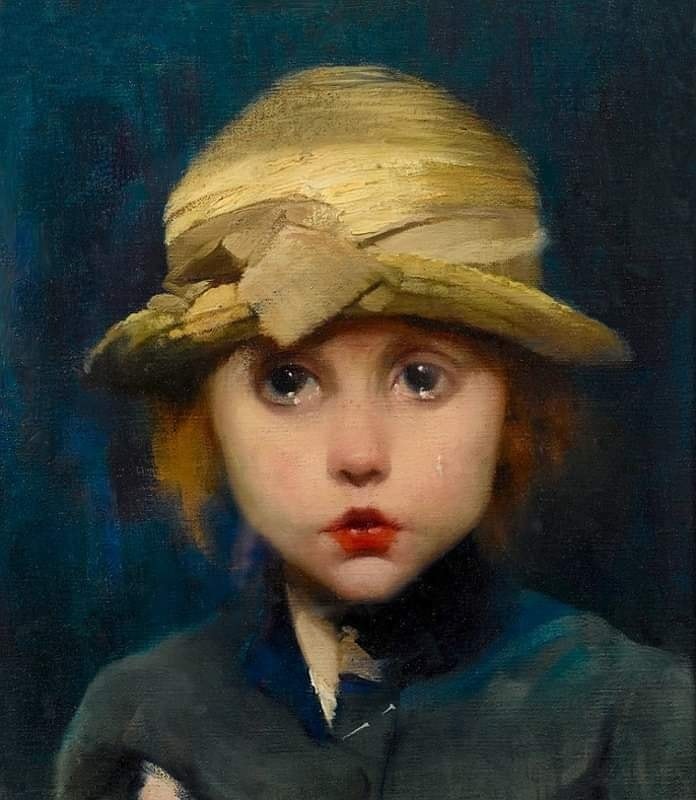
One of Marianne Stokes’ most notable contributions to the art world was her exploration of religious and spiritual themes. Her paintings “Madonna and Child” and “St Elizabeth of Hungary” exemplify her ability to infuse traditional religious subjects with a sense of intimacy and personal devotion, reflecting the influence of Pre-Raphaelitism in their stylized forms and vibrant colors.
Marianne also had a keen interest in portraying the lives and traditions of rural communities, particularly those in Eastern Europe. Her travels to Hungary and the Balkans resulted in a series of paintings that capture the cultural richness and diversity of these regions with empathy and respect. These works stand out for their vivid portrayal of folk costumes, customs, and landscapes, contributing to the early 20th-century fascination with ethnography and cultural preservation.
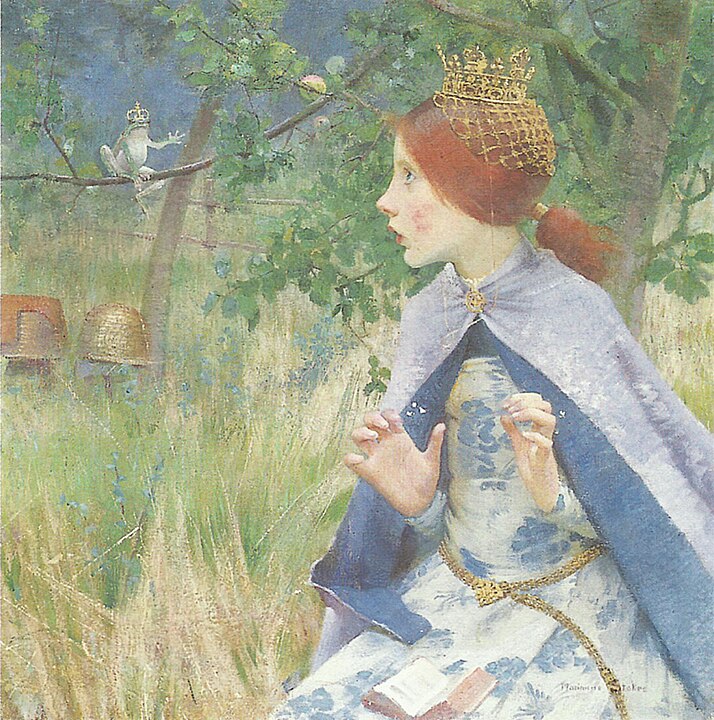
Throughout her career, Marianne Stokes exhibited her work widely, including at the Royal Academy of Arts in London, and her contemporaries recognized her for her technical skill and unique artistic voice. However, like many women artists of her time, she did not always receive the same level of recognition as her male counterparts.
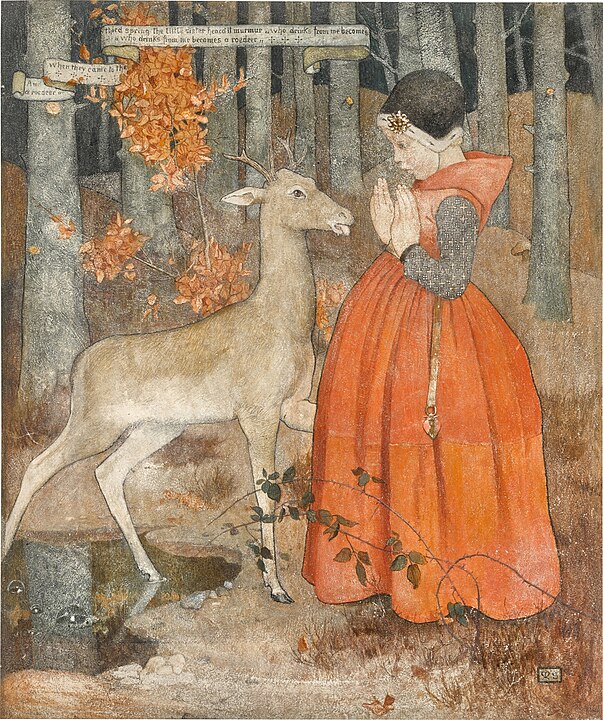
Today, Marianne Stokes is celebrated for her contributions to the Arts and Crafts movement and for her distinctive blend of realism, Pre-Raphaelite influences, and exploration of cultural identity. Her work is appreciated for its technical excellence, its rich storytelling, and its capacity to convey the beauty and dignity of both the sacred and the mundane.
Captivating With Beauty
Marianne Stokes’ legacy is preserved in various public and private collections around the world, where her paintings continue to captivate viewers with their beauty and depth. Her artistic journey, marked by continuous exploration and a deep commitment to her craft, offers a compelling narrative of a woman who navigated the complexities of the art world with determination and grace.
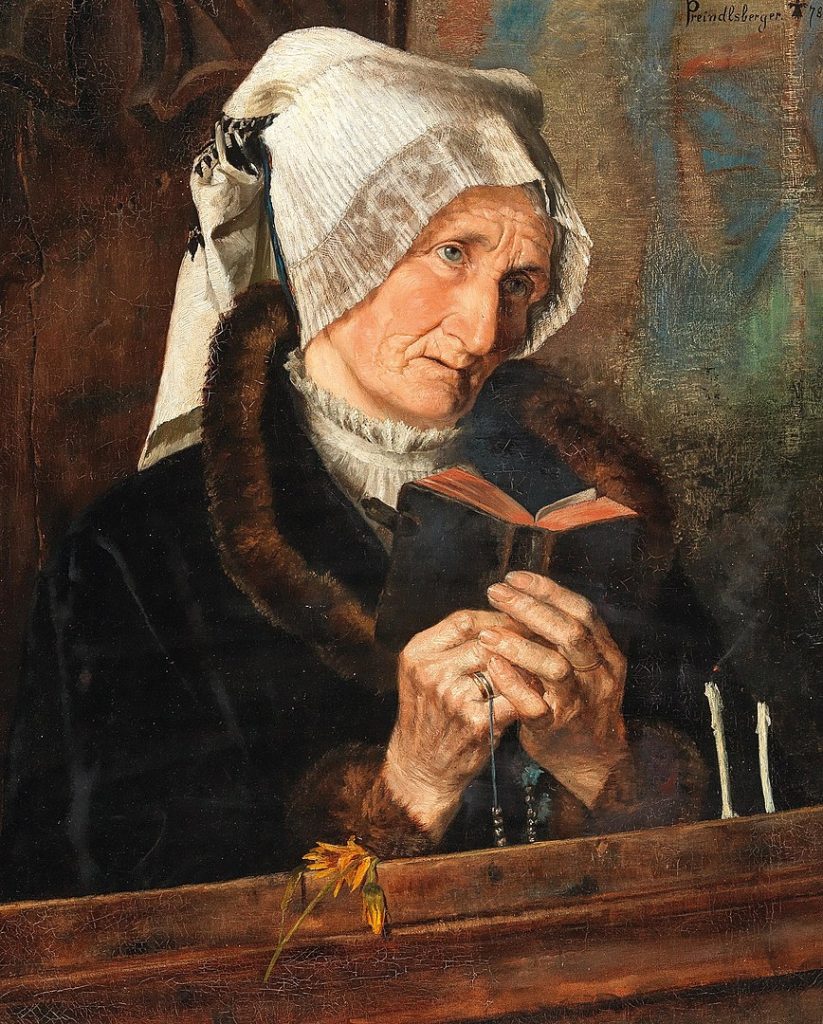
In conclusion, Marianne Stokes stands as a significant figure in the transition from 19th-century realism to the decorative and symbolic approaches of the early 20th century. Her work encapsulates a unique intersection of cultural, artistic, and personal influences, making her an enduringly fascinating subject for both art historians and enthusiasts. Through her paintings, Stokes has left an indelible mark on the art world, celebrating the richness of human experience across cultures and eras.

